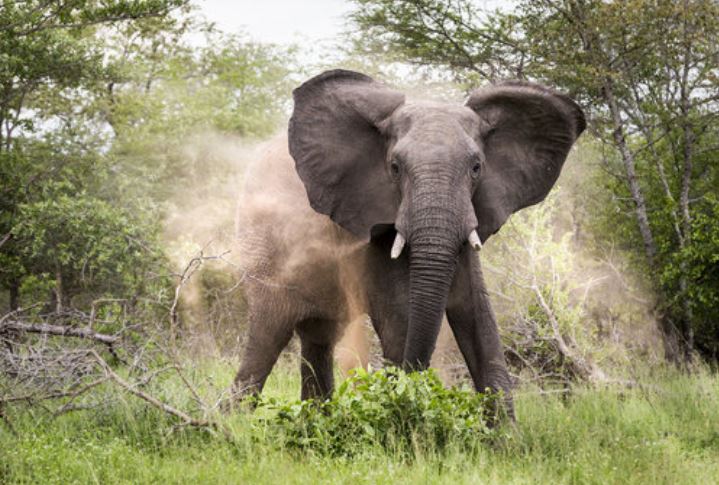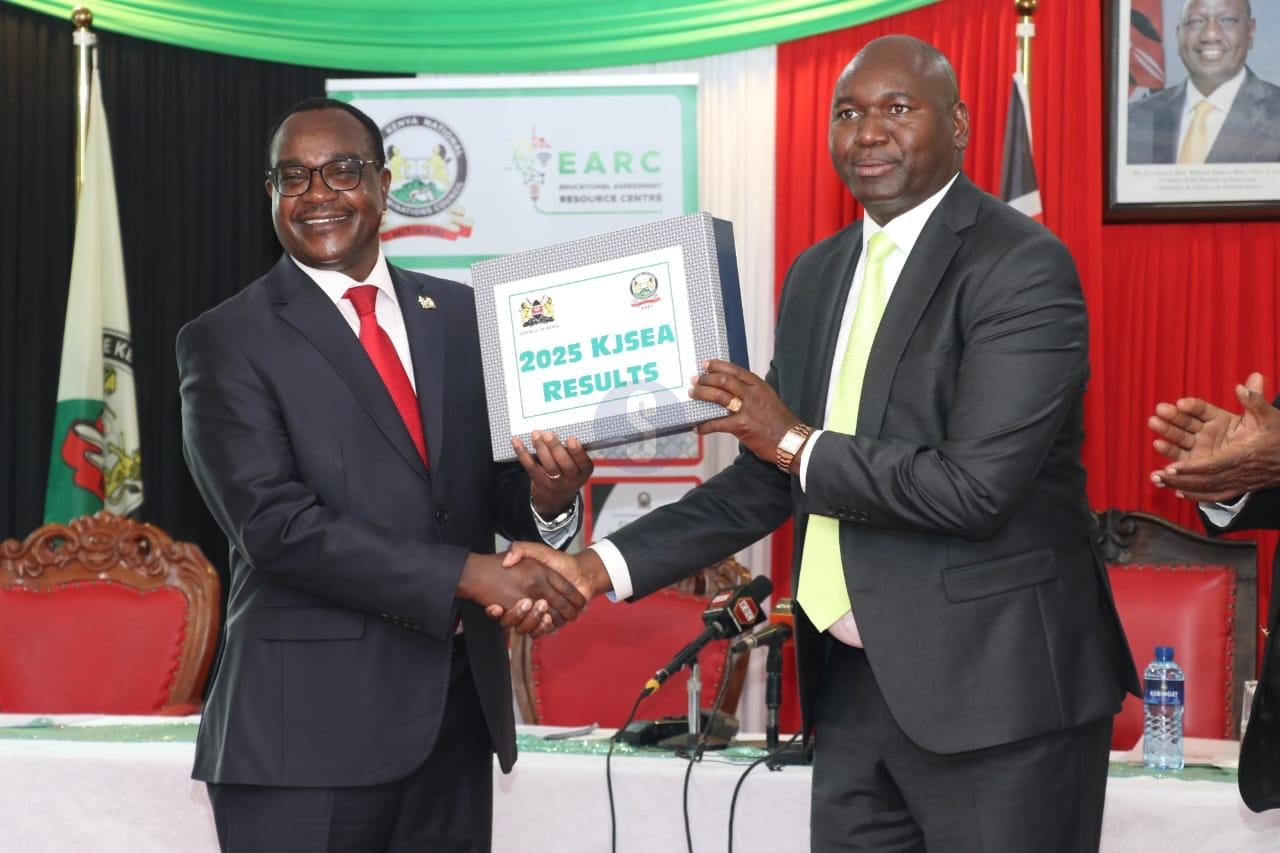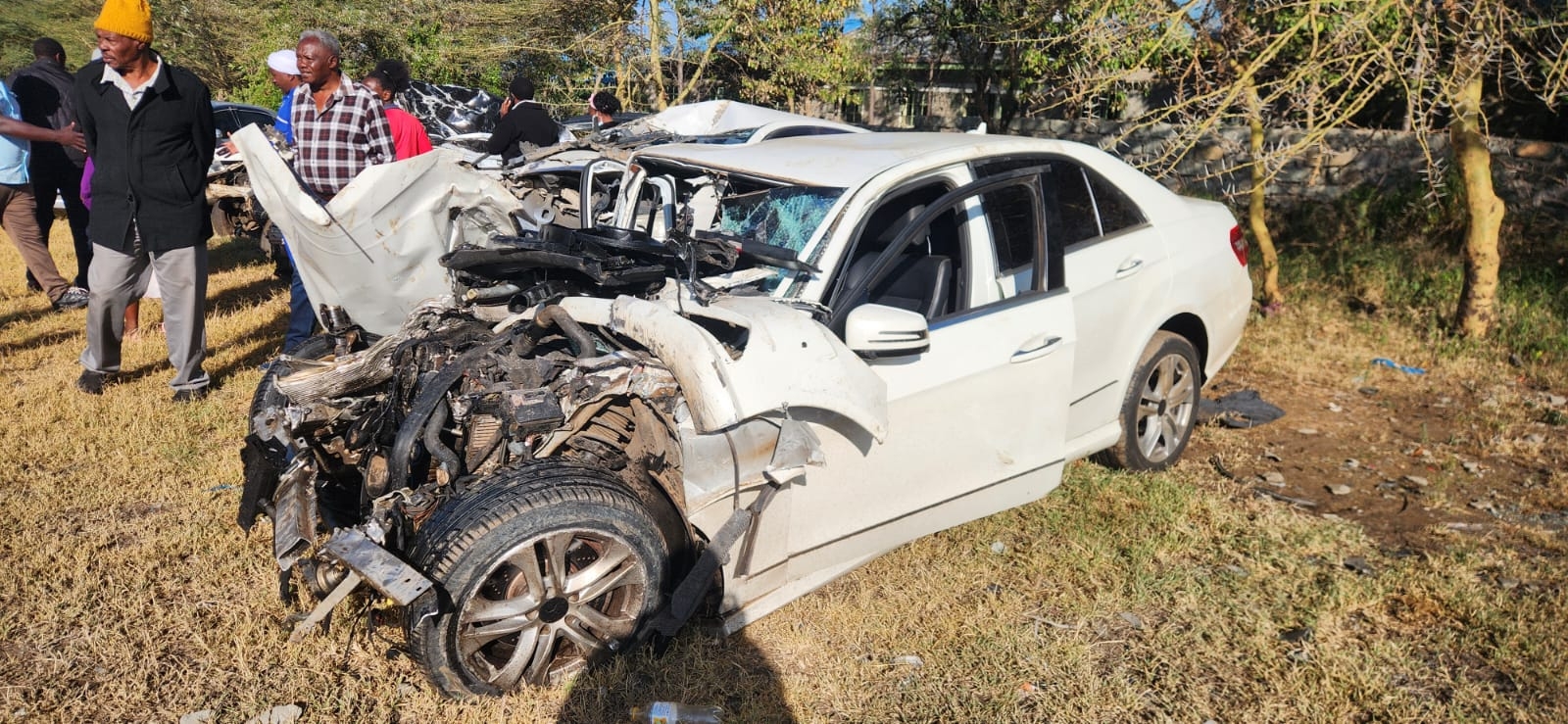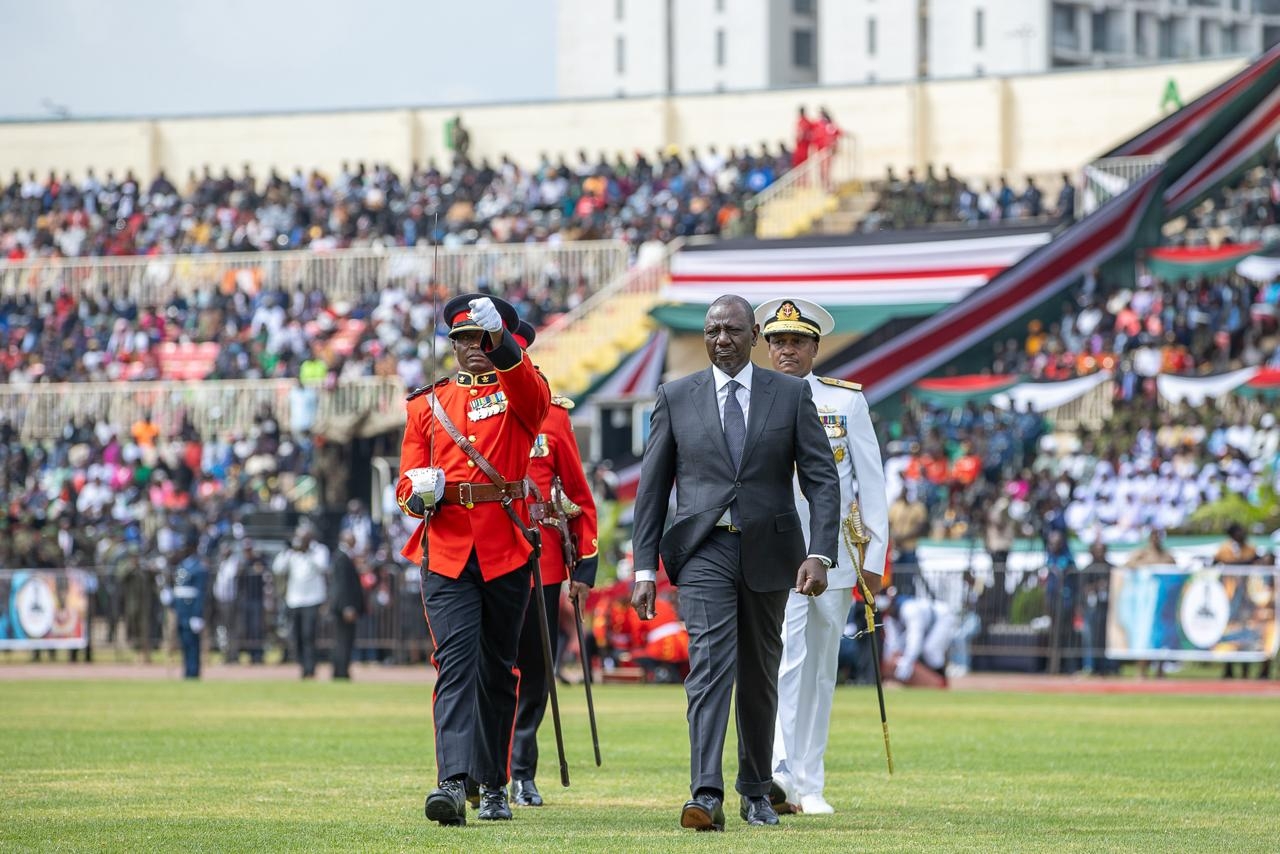
Two people have lost their lives in separate incidents involving elephants in Marsabit and Narok counties, underscoring the growing challenge of human–wildlife conflict across Kenya.
In the first incident, a 30‑year‑old National Police Reservist was trampled to death by an elephant in Marsabit National Park.
The man, identified as Lmalina Leado, was carrying his G3 rifle when he was charged by the animal while passing through the Ndonyawas area on Wednesday.
Police and Kenya Wildlife Service (KWS) officers responded to the scene and learned that he had been rushed to the hospital, where he later succumbed to his injuries.
His rifle, still loaded with 40 rounds of ammunition, was found beside his body. Authorities have launched an investigation into the attack.
In a separate tragedy in Narok County, a 14-year-old boy was killed by an elephant at a watering point in Naroosura village on June 19.
The boy was herding cattle when he was attacked. He was taken to Narok Teaching and Referral Hospital but died from his injuries.
These incidents highlight the growing tensions between communities and wildlife across Kenya.
In May 2025, Kenya introduced the third phase of its Human–Wildlife Conflict Compensation Programme, an initiative aimed at addressing these incidents and supporting affected families.
During its launch at Meru National Park, President William Ruto unveiled the innovative Wildlife Conservation Card, a new tool designed to help fund conservation efforts.
“Compensation is justice, but prevention is progress,” Ruto said, emphasizing the need for long-term solutions that benefit both people and wildlife.
“Through the Conservation Card, fencing, and community‑led tourism, we are turning conflict into opportunity,” he added.
Developed in partnership with KCB Bank, the Wildlife Conservation Card is available in three tiers—Platinum (Elephant), Gold (Lion), and Silver (Cheetah).
A portion of every transaction made with the card (Sh10, Sh5, and Sh3, respectively) goes directly to the Wildlife Conservation Trust Fund.
The initiative aims to enable Kenyans and international supporters to contribute to wildlife conservation while fostering economic benefits for local communities.
With this new approach, Kenya hopes to build a future where humans and wildlife can coexist more safely and sustainably.

















